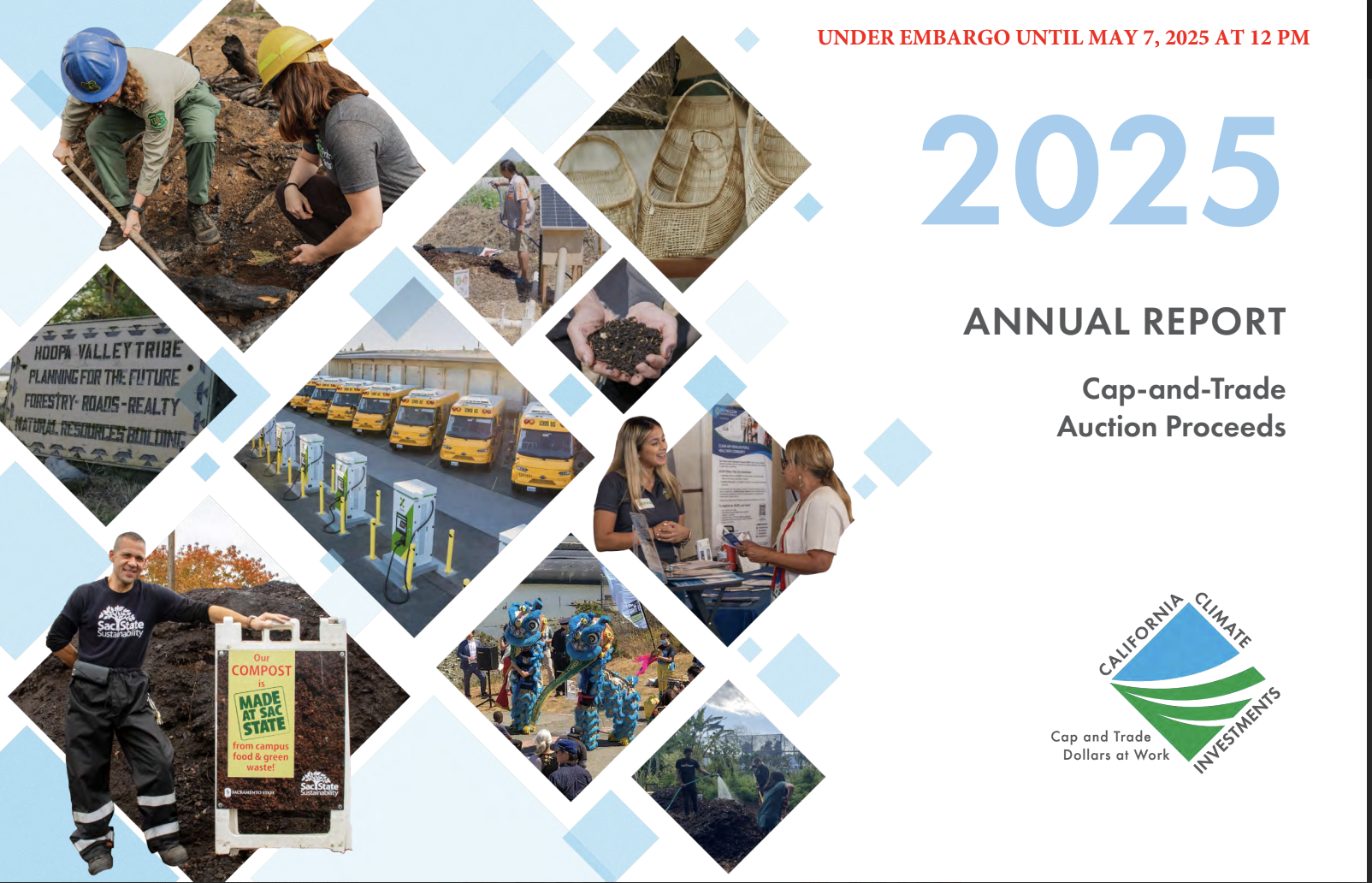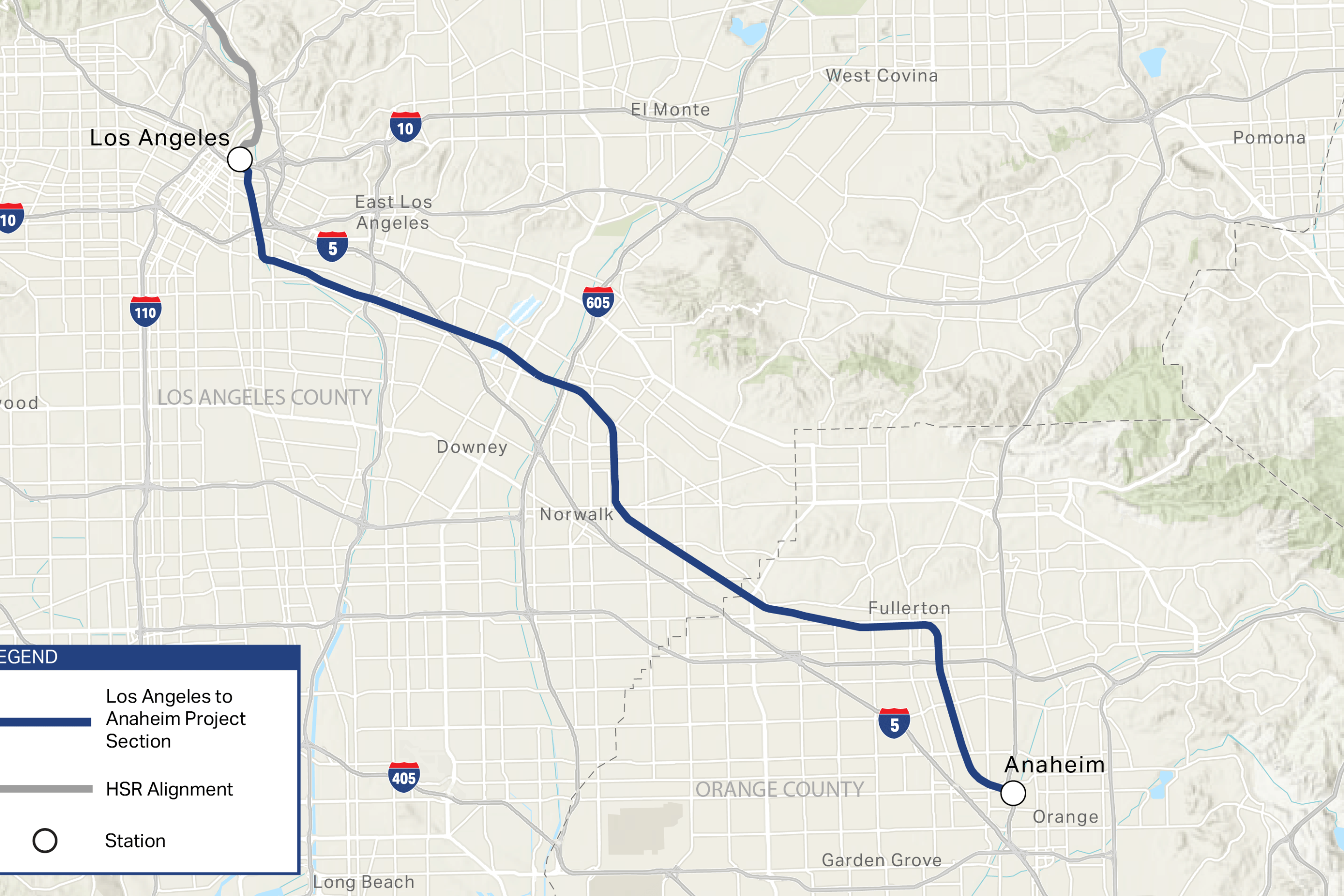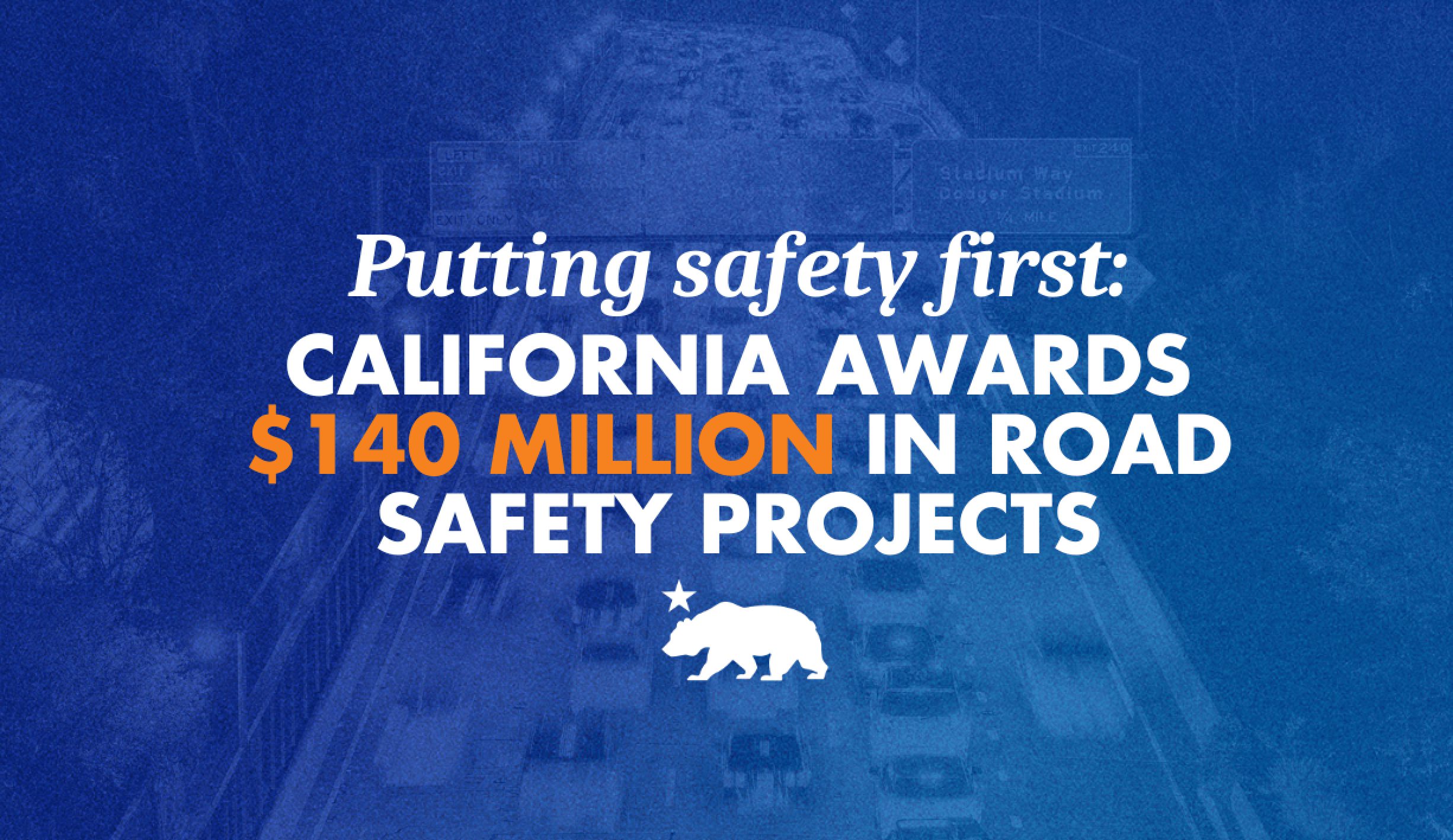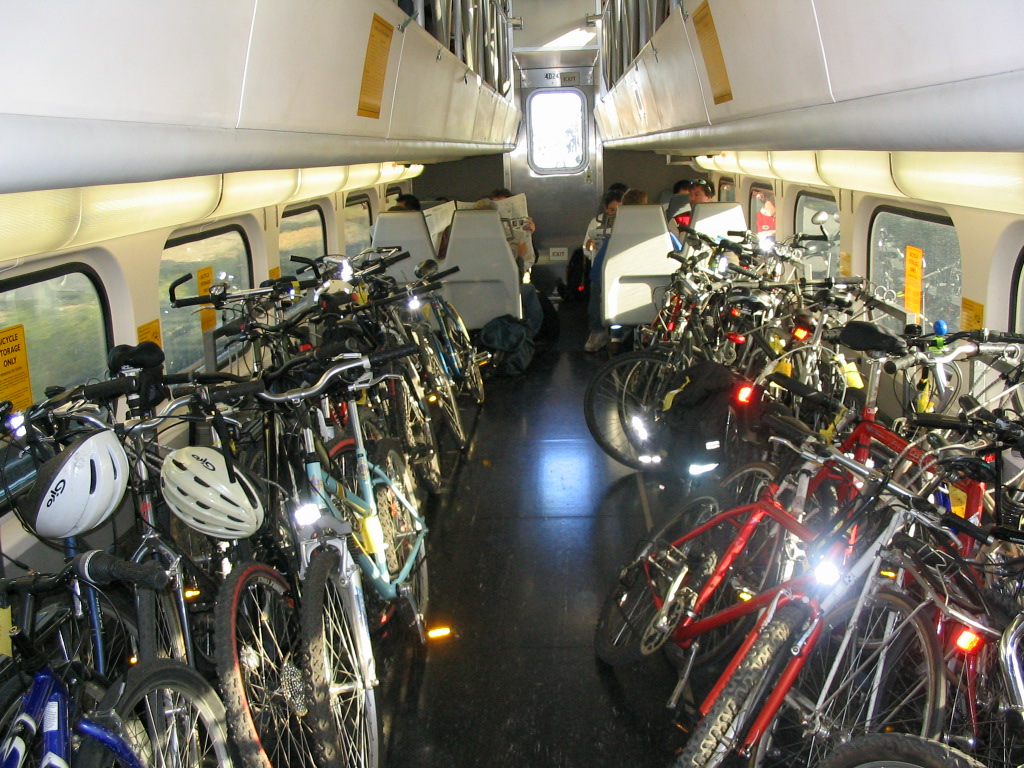Earlier this week, the California Air Resources Board (CARB) released its annual report outlining how $33 billion in Cap-and-Trade has been invested by the state since 2014. The state has allocated over $18 billion of the funds raised, two thirds of which have already been distributed.
Watch the press event here.
The California Cap-and-Trade program is a market-based mechanism to reduce greenhouse gas (GHG) emissions. It sets a limit (cap) on the total amount of emissions allowed, and then issues allowances, which are like permits, to companies who generate emissions. Cap-and-Trade brings the money in, but a different program called California Climate Investments, allocates and distributes the dollars.
Even supporters of the program admit it isn’t perfect. Transform’s Zack Deutsch-Gross referred to it as allocating “de facto permits to pollute” in a recent episode of the Streetsmart podcast, but the program also spends its money to fight Climate Change. To date, the program has funded 117 programs that reduce emissions in other areas, protect open space, increase transit options, and improve public health.
In 2024, $1.9 billion was invested in nearly 12,000 new projects with $1.2 billion directly benefiting priority populations, including low-income communities and households.
“California is proving that cutting pollution creates jobs and boosts communities. By holding polluters accountable, we’re sending billions of dollars back to communities and back to people’s wallets through credits on utility bills,” said Governor Gavin Newsom in a press statement. “And we’ve got the receipts: healthier and cleaner communities and thousands of good paying jobs.”
So far, the California Climate Investments program has granted $5.3 billion to transportation-related projects, most of which has gone to transit expansion and the purchase of vehicles and equipment to help the state upgrade public and private vehicle fleets to zero-emission.
“These investments fund a wide range of initiatives, including cleaner transportation modes like transit e-bikes and scooters, zero emission trucks and buses, zero and near-zero mobility options like car sharing and cleaner off road equipment rebates to make zero emissions and plug in hybrids more affordable,” said Caltrans director Toks Omishakin at a press event last week.
“Notably, nearly $4.6 billion, or almost 90% of these investments…benefit priority populations helping and helping to ensure the transition to clean transportation is both equitable and inclusive.”
Omishakin pointed to two examples of programs funded by Cap-and-Trade and California Climate Investments to represent the program.
The first is a broad program to help school districts upgrade their school bus fleet to zero emissions. Omishakin reported that 1,100 school buses have been deployed across over 300 public school districts and local education agencies. As a result both the Stockton Unified School District and Oakland Unified School District now operate 100% zero emission school buses.
The second is the expansion of the Tulare Cross Valley Corridor Zero Emission Bus Expansion program. Cap-and-Trade provided $20 million in 2023 for the program to develop modal transit centers throughout Tulare and Kings Counties in the Central Valley.
In 2024, California Climate Investments program allocated $10 million for the state’s under-funded but still popular Active Transportation program. Advocates hope that CARB continues to fund this program in 2025 and into the future.
The report comes as the legislature and governor’s office begin work to renew the Cap-and-Trade program. Currently set to expire in 2030, environmental activists hope to see the program reauthorized in the next two years to send a message that it is here to stay.
At the press event, CARB Chair Liane Randolph answered that the legislature and governor’s office are working on reathorization and that CARB staff will have draft regulations ready later this year, giving hope that debate over reauthorization of the program will not wait until the last moments.
Randolph also pledged to fight for Cap-and-Trade and California Climate Investments programs should they come under federal attack, which President Trump has threatened to do.
“The reality is, it is absolutely critical that we continue to move forward to mitigate the effects of climate change and we will absolutely continue to do that,” she said replying to a question from a reporter.
“We have defended our program in court several times and if the administration takes action to attack the programs in court, we will protect them vigorously.”






